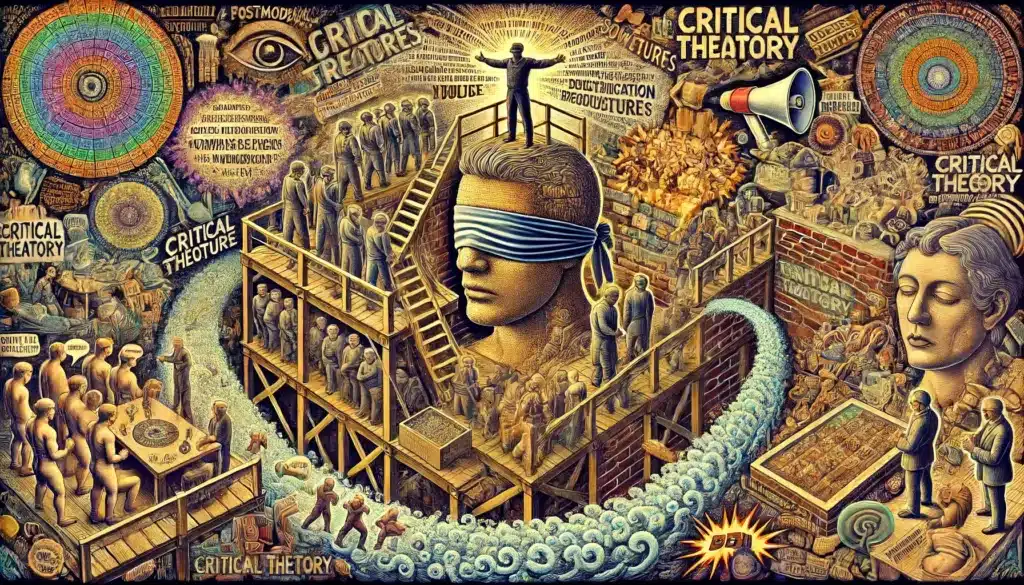Understanding The UN Report on Replacement Migration
The United Nations (UN) Population Division released a report called “Replacement Migration.” This report looks at the problems that many developed countries face as their populations age and shrink. It also considers whether mass immigration, bringing in more people from other countries, could help solve these problems. However, there are concerns about how this could affect culture, society, and politics.
The Problem: Declining and Ageing Populations
- Many developed countries, like those in Europe, Japan, and the United States, are seeing their populations shrink and age.
- People are having fewer children, and people are living longer, which means there are more older people and fewer younger people to support them.
- This trend could lead to problems like fewer workers, struggling pension systems, and more pressure on healthcare services.
Replacement Migration: What Is It?
- The idea behind replacement migration is to bring in more people from other countries to help balance out the shrinking and ageing populations.
- The UN report looked at how much migration would be needed in eight countries (like France, Germany, and the UK) and two regions (Europe and the European Union) between 1995 and 2050.
- They created six different scenarios to see what would happen with different levels of migration.
Key Scenarios from the Report
- Scenario IV: This scenario calculates how many migrants would be needed to keep the working-age population (ages 15-64) from shrinking:
- Germany: 24.33 million migrants
- Japan: 32.33 million migrants
- United States: 17.97 million migrants
- Europe as a whole: 161.35 million migrants
- Scenario V: This scenario looks at how many migrants would be needed to keep the ratio of working-age people to elderly people from dropping too low:
- Germany: 40.48 million migrants
- Japan: 94.84 million migrants
- United States: 44.89 million migrants
- Europe as a whole: 235.04 million migrants
Concerns About Replacement Migration
While the report shows that migration could help with population problems, there are significant concerns:
- Cultural and Social Impact:
- Bringing in large numbers of migrants could change the cultural make-up of a country.
- Some people worry about the loss of traditional cultures, particularly in countries with strong identities.
- This could lead to social tensions and even unrest, as we’ve seen in some Western countries.
- Economic and Political Challenges:
- High levels of migration might cause problems for social services like healthcare and pensions.
- There could be challenges in integrating large numbers of new people into society and the economy.
- Governments would need to make big changes to policies on things like retirement and social services.

The Role of Big Corporations
- Some big companies might push for more migration because it provides them with cheap labour.
- These companies can benefit financially, but it might come at the cost of social and cultural stability in the countries affected.
- This can contribute to the feeling of displacement among local populations, leading to more unrest.
What Should Be Done?
The report suggests that migration alone is not enough to solve the problem. Here’s what could help:
- Balanced Solutions:
- Governments should look at a mix of solutions, not just relying on migration.
- This could include encouraging higher birth rates by supporting families, adjusting retirement ages, and rethinking economic policies.
- It’s important to consider the long-term effects on society and culture, not just the short-term economic benefits.
Conclusion: Moving Forward Carefully
The UN report on replacement migration highlights a serious issue with population decline and ageing in many developed countries. While migration could help, it also comes with risks. Countries need to find a balance between solving demographic problems and maintaining social harmony.
Governments should avoid letting big companies’ interests drive migration policies. Instead, they should focus on creating policies that respect cultural identities, support older populations, and ensure economic stability without causing social disruption.


